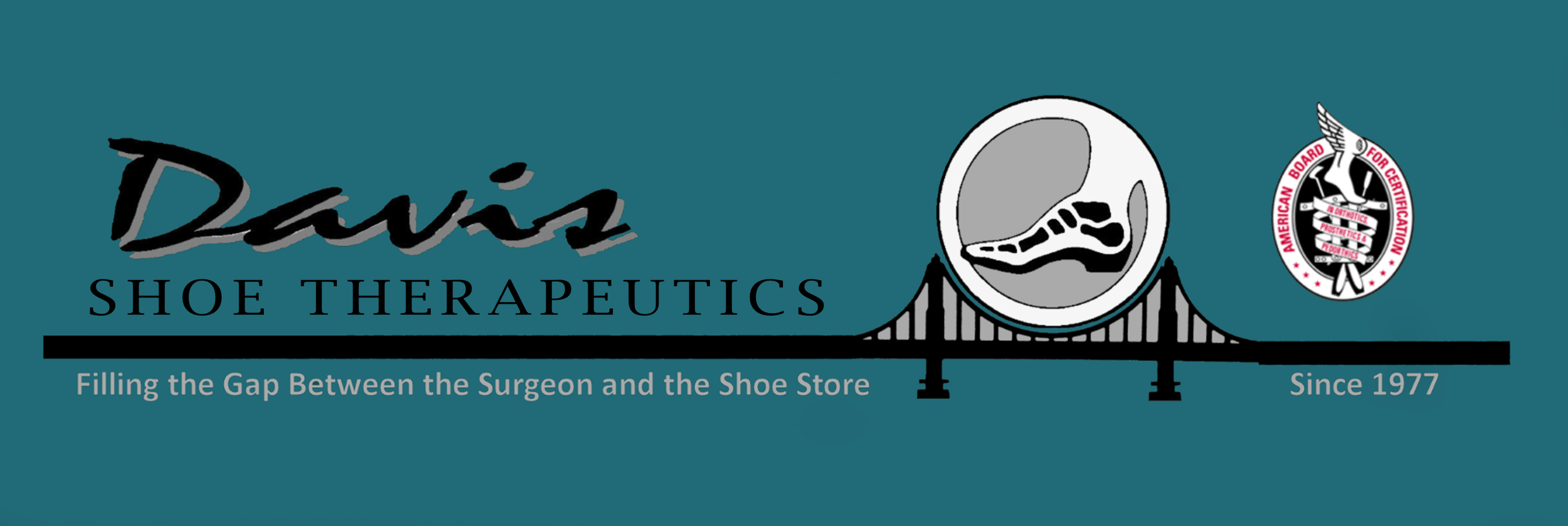Knee Pain
Knee Pain
Knee Pain
Poor foot function is a contributor to knee problems. When the foot pronates, the lower leg simultaneously rotates internally. The upper leg can internally rotate too, but may not rotate in conjunction with the lower leg because it’s held firmly at the hip, thereby causing a torque at the knee. Pain is usually on the inside (medial) side of the knee. A high-arched foot (supinator) that tends to fall towards the outside can contribute to lateral instability and pain on the outside (lateral ) part of the knee. A very high arched foot can also cause the knee to hyperextend (bend backwards) causing pain in the front or back of the knee. For many people, the knee starts hurting before the foot does, so people are often unaware that the solution starts by correcting the foot. Other factors are involved in knee pain that relate to wear and tear, over-use, and intensive activities, and a doctor should be consulted to determine the course of action. If the damage is already done, it may be too late to reverse it with orthotic devices, but suffice it to say, it’s a good idea to look at the foot before doing surgery. It is also a good idea to correct poor foot alignment as a prevention to knee problems.
$ Self-Help
Sport or athletic shoes known under various brand names as anti-pronators are good for feet that pronate excessively or are very flexible. They are firmer and broader at the base on the medial (inside) where the extra load is borne with that type of foot.
$$ Sporting Good Store
Ready-made orthotic devices, which can be obtained at sporting goods stores or shoe stores that specialize in sport shoes. Often there are designations for feet that are over-pronators or over-supinators. Drug store ready-made devices tend to be a step down in quality and function compared to the ones at sport shops. Look for devices with a firm heel cup and some firmness in the arch.
$$$ Pedorthist
A certified pedorthist can modify ready-made devices to improve their therapeutic functionality after assessing mechanical deficiencies in your gait through a biomechanical evaluation.
$$$$ Pedorthist or Podiatrist
Custom Orthotic devices take the previous solution option to a higher level of specificity. Taking molds of the feet not only captures the anatomy, but when done by an expert, the joints are aligned appropriately to one another during the molding process to capture a 3D image of the foot positioned for best function. Then the orthotic devices act as an interface between the foot, with all the joints aligned, and the floor of the inside of the shoes. That is why casting should never be done in the weight bearing position. During weight-bearing, in unstable feet, everything shifts out of kilter to line up with the floor.

